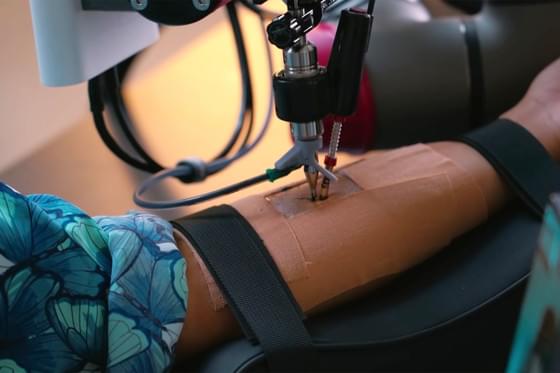Welcome to another episode of Conversations with Coleman.
My guest today is David Chalmers. David is a professor of philosophy and neuroscience at NYU and the co-director of NYU Centre for Mind, Brain and Consciousness.
David just released a new book called “Reality+: Virtual Worlds and the Problems of Philosophy”, which we discuss in this episode. We also discuss whether we’re living in a simulation, the progress that’s been made in virtual reality, whether virtual worlds count as real, whether people would and should choose to live in a virtual world, and many other classic questions in the philosophy of mind and more.
#Ad.
The best way to learn anything is by doing it yourself. Learn interactively with Brilliant’s fun hands-on lessons in math, science, and computer science. Brilliant has lots of great courses for all ability and knowledge levels, so you’ll find something that interests you. Master all sorts of technical subjects, with topics ranging from Geometry to Classical Mechanics to Programming with Python to Cryptocurrency and much more.
Instead of just memorizing, Brilliant teaches you how to think about STEM by guiding you through fun problems. You’ll get practice with real problem solving, which helps you train your critical thinking and creative problem-solving skills. You’ll come to understand how STEM actually works, and how it’s relevant to your everyday life.
Head over to https://brilliant.org/CWC to get started with a free week of unlimited access to Brilliant’s interactive lessons. The first 200 listeners will also get 20% off an annual membership.
FOLLOW COLEMAN
YouTube — http://bit.ly/38kzium.









